Human waste left by climbers on Mount Everest has become a problem that is causing pollution and threatening to spread disease on the world’s highest peak, the chief of Nepal’s mountaineering association said Tuesday.
The more than 700 climbers and guides who spend nearly two months on Everest’s slopes each climbing season leave large amounts of faeces and urine, and the issue has not been addressed, Ang Tshering told reporters.
He said Nepal’s government needs to get the climbers to dispose of the waste properly so the mountain remains pristine.
Hundreds of foreign climbers attempt to scale Everest during Nepal’s mountaineering season, which began this week and runs through May. Last year’s season was canceled after 16 local guides were killed in an avalanche in April.
Climbers spend weeks acclimatising around the four camps set up between the base camp at 5,300m (17,380ft) and the 8,850m-high (29,035ft) summit. The camps have tents and some essential equipment and supplies, but do not have toilets.
“Climbers usually dig holes in the snow for their toilet use and leave the human waste there,” Tshering said, adding that the waste has been “piling up” for years around the four camps.
At the base camp, where there are more porters, cooks and support staff during the climbing season, there are toilet tents with drums to store the waste. Once filled, the drums are carried to a lower area, where the waste is properly disposed.
Dawa Steven Sherpa, who has been leading Everest cleanup expeditions since 2008, said some climbers carry disposable travel toilet bags to use in the higher camps.
“It is a health hazard and the issue needs to be addressed,” he said.
Nepal’s government has not come up with a plan yet to tackle the issue of human waste. But starting this season, officials stationed at the base camp will strictly monitor garbage on the mountain, said Puspa Raj Katuwal, the head of the government’s Mountaineering Department.
The government imposed new rules last year requiring each climber to bring down to the base camp 8kgs (18 pounds) of trash the amount it estimates a climber discards along the route.
Climbing teams must leave a $4,000 deposit that they lose if they don’t comply with the regulations, Katuwal said.
More than 4,000 climbers have scaled summit since 1953, when it was first conquered by New Zealand climber Edmund Hillary and his Sherpa guide, Tenzing Norgay.
Hundreds of others have died in the attempt, while many have succeeded only with help from oxygen tanks, equipment porters and Sherpa guides.
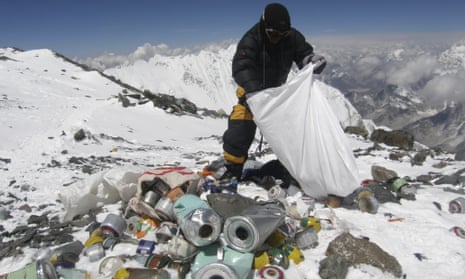
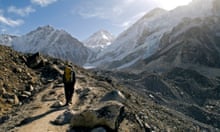
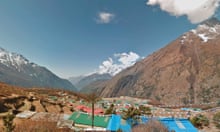
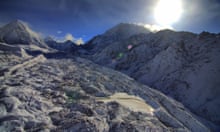
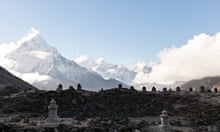
Comments (…)
Sign in or create your Guardian account to join the discussion